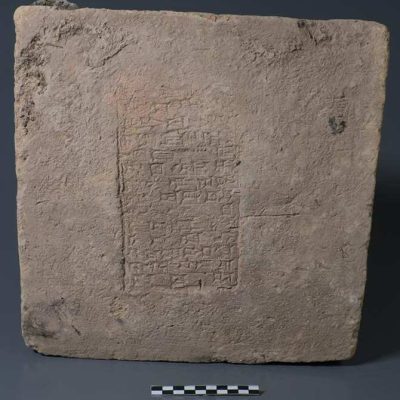A recent discovery in Pompeii has led archaeologists to believe that the devastating eruption of Mount Vesuvius occurred in October of 79 AD, rather than the previously assumed August. The discovery was made in the form of a graffiti inscription, written in coal, which translates to the date of October 17th. The inscription includes the letters “Nov,” which in the Roman version of the old calendar style means 16 days before November, or October 17th by today’s standards. Experts believe that the use of coal to write the inscription indicates that it was created during the year of the eruption, which destroyed Pompeii, Herculaneum, and other cities.
Until now, it was widely believed that the eruption occurred on August 24th, 79 AD, based on a letter from Pliny the Younger, who witnessed the event and reported on the death of his uncle, Pliny the Elder. However, archaeological excavations in Pompeii have cast doubt on this date, as remains of pomegranates and chestnuts, which typically ripen in the fall, have been found at the site. It is possible that a mistranslation of the letter in the Middle Ages led to the incorrect date being widely accepted.
The discovery of the graffiti inscription has sparked excitement among archaeologists, who hope to find further evidence to confirm the new date of the eruption. This new information could provide valuable insights into the events leading up to the disaster and the lives of the people who lived in the area at the time.










